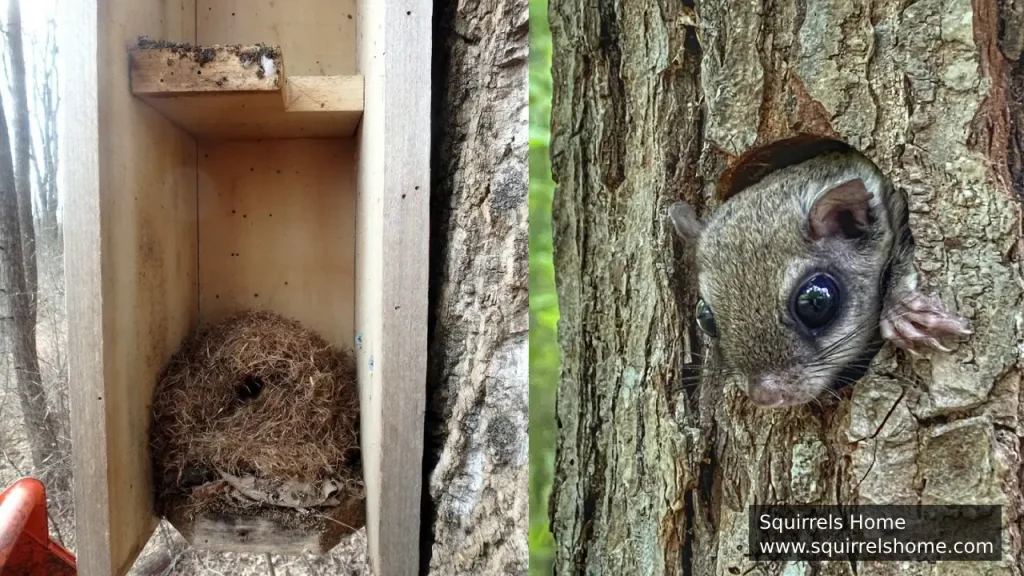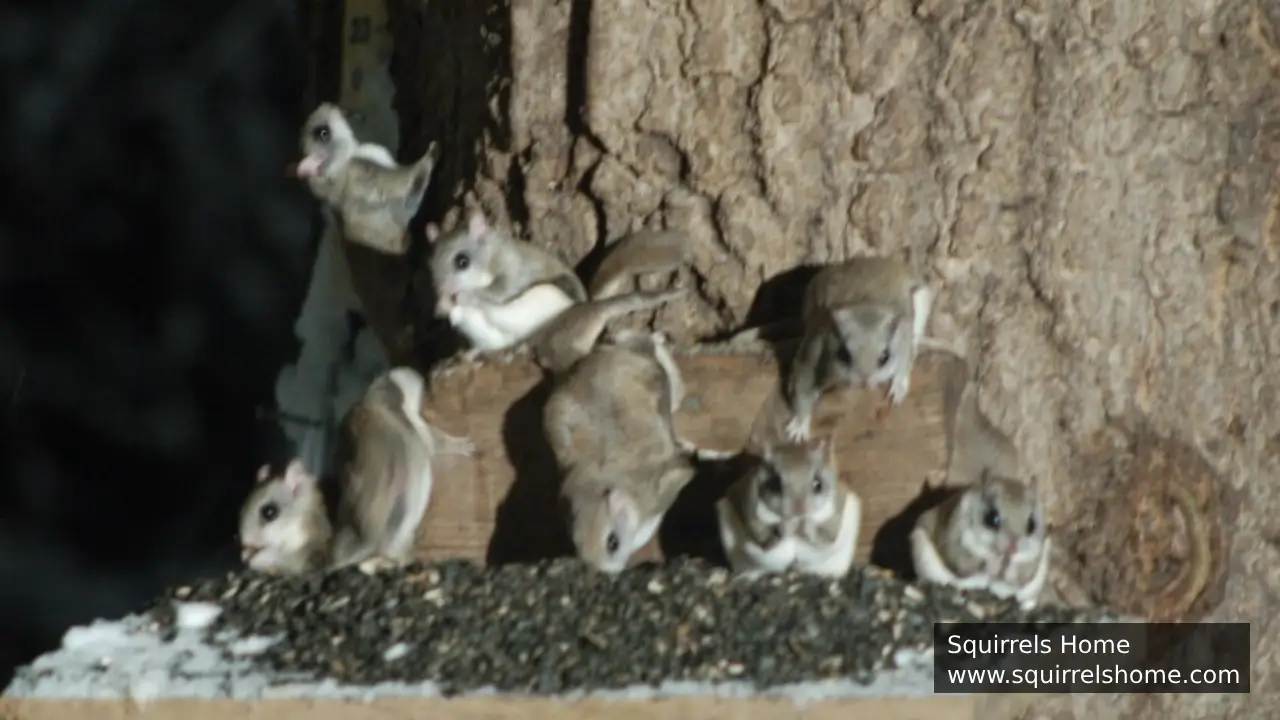Flying squirrels are fascinating creatures known for their ability to glide through the air. But beyond their impressive gliding skills, these small mammals have a unique way of living together. This article explains the social life of flying squirrels in a simple and clear way, so everyone can understand.
What Are Flying Squirrels?
Flying squirrels are small mammals that live in trees. They have a special skin flap between their legs that helps them glide from one tree to another. They are mostly active at night and eat a variety of foods like nuts, fruits, and insects. They live in forests around the world and are known for their playful nature.
Do Flying Squirrels Live in Groups?
Flying squirrels can live alone or in groups, depending on the season and their needs. During the summer, they usually prefer to live alone. But in colder months, they may group together to stay warm. This behavior is common in areas with cold winters. Living in groups helps them save energy and survive harsh weather.
These groups are often made up of related squirrels, such as siblings or a mother and her young. However, unrelated squirrels may also join the group if space allows. This flexibility shows how adaptable flying squirrels can be.
How Do Flying Squirrels Communicate?
Flying squirrels use different ways to talk to each other. They make high-pitched sounds that humans cannot always hear. These sounds help them warn others about danger or find each other in the dark. They also use their sense of smell to recognize family members and mark their territory.
Body language is another way flying squirrels communicate. They might use specific movements to show if they feel safe, scared, or curious. Their ability to communicate effectively helps them live together in harmony.
Why Do Flying Squirrels Form Groups?
Flying squirrels form groups for several reasons, mainly to survive better. Staying in groups helps them:
- Stay Warm: In winter, snuggling together keeps them warm. This is important because losing heat can be dangerous for small animals like flying squirrels.
- Share Space: Groups often share a nest, which could be a hollow tree or a nest box. Sharing space reduces the effort of building new homes.
- Protect Each Other: Being in a group makes it easier to spot predators. If one squirrel notices danger, it can warn the others quickly.
These reasons show how living in groups benefits flying squirrels and keeps them safe.
What Are Flying Squirrel Groups Like?

A flying squirrel group usually includes 2 to 10 members. The number can change depending on how cold it is and how much food is available. Most groups are made up of family members, but sometimes outsiders join if they are accepted by the group.
Within the group, there is often no strict leader. They live together peacefully and cooperate to survive. This teamwork helps them handle challenges like finding food and avoiding predators.
Where Do Flying Squirrels Build Their Homes?

Flying squirrels build their homes in safe and high places. They prefer hollow trees, but they can also use abandoned bird nests or nest boxes made by humans. These homes keep them safe from predators and bad weather.
During the winter, they might all stay in one big nest to share body heat. In summer, when food is easier to find and the weather is warmer, they might spread out and use different nests.
Do Flying Squirrels Stay in the Same Group Forever?
Flying squirrels do not always stay in the same group. Younger squirrels often leave their family group to find their own home. This happens when they are old enough to take care of themselves.
However, during harsh winters, even adult squirrels might return to a group for warmth and safety. This shows how their social structure can change depending on their needs and environment.
Are Flying Squirrels Friendly?
Flying squirrels are generally peaceful animals. They rarely fight with each other and often live together without any problems. Their friendly nature makes it easier for them to form and maintain groups.
When living near humans, they can even become used to people and might visit bird feeders. However, they still prefer to keep their distance and stay cautious.
What Challenges Do Flying Squirrel Groups Face?
Flying squirrels face several challenges when living in groups. These include:
- Finding Enough Food: Sharing food with a group can be difficult, especially in winter when food is scarce.
- Predators: Predators like owls, snakes, and cats are a constant threat. Living in groups helps reduce the risk, but they must always stay alert.
- Loss of Habitat: Deforestation and human activity can destroy their homes, making it hard for them to find safe places to live.
Despite these challenges, flying squirrels are resourceful and find ways to survive.
What Can We Learn From Flying Squirrels?
Flying squirrels teach us the importance of teamwork and adaptability. By working together, they can overcome challenges and thrive in their environment. Their ability to change their social structure based on their needs is an excellent example of resilience.
Conclusion
Flying squirrels have a fascinating social structure that changes depending on the season and their needs. Whether living alone or in groups, they show remarkable adaptability and cooperation. Understanding their social life helps us appreciate these unique animals and the challenges they face in the wild.
FAQs
1. How far can flying squirrels glide?
Flying squirrels can glide up to 150 feet in a single leap. Their special skin flaps and tail help them steer and control their landing.
2. Do flying squirrels hibernate?
No, flying squirrels do not hibernate. However, they become less active during the winter and may group together to conserve energy and stay warm.
3. Are flying squirrels endangered?
Some species of flying squirrels are endangered due to habitat loss and other threats. Conservation efforts aim to protect their homes and ensure their survival.
4. Can flying squirrels be kept as pets?
Flying squirrels are wild animals and are not meant to be pets. In some areas, it is illegal to keep them as pets. They need a natural environment to thrive.
5. How do flying squirrels find their way at night?
Flying squirrels have excellent night vision and a strong sense of smell. These abilities help them navigate in the dark and find food and shelter.
